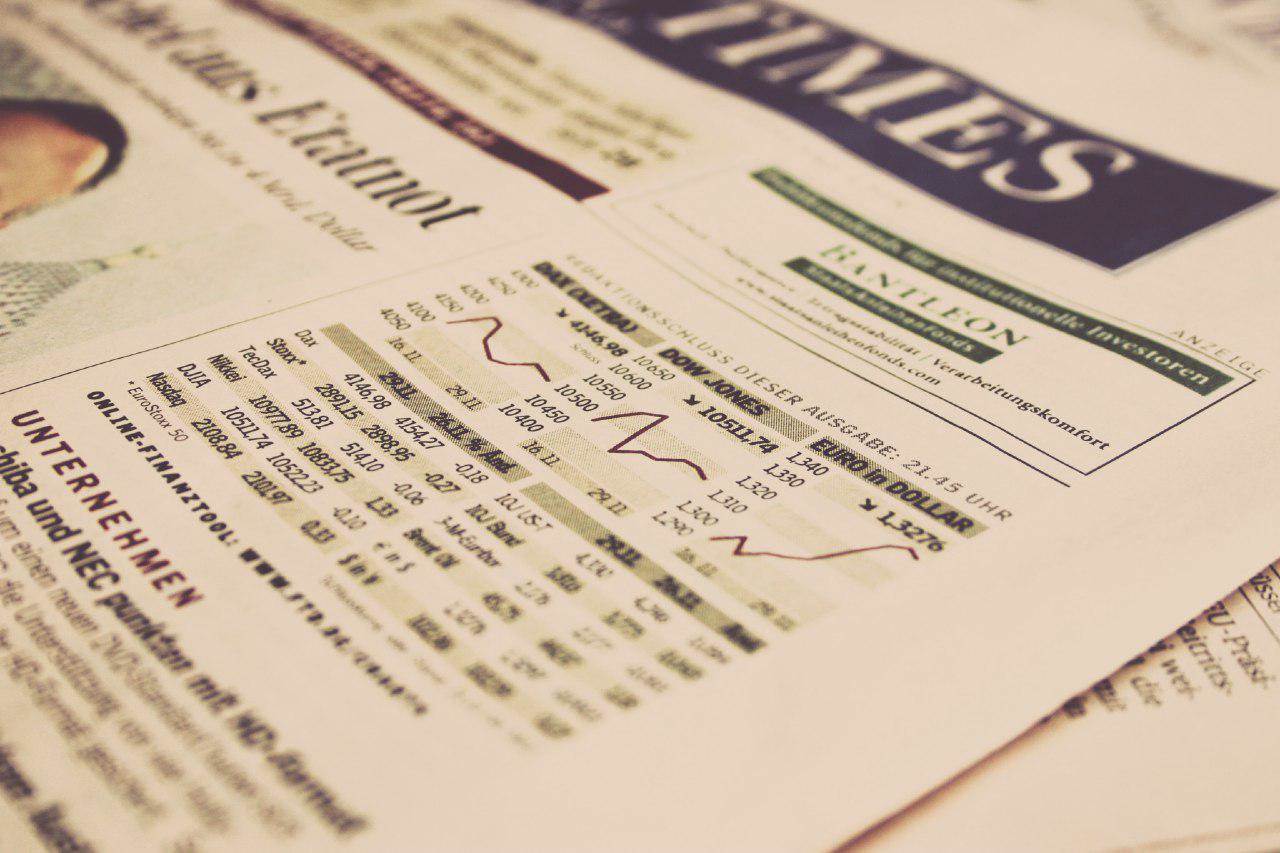
Reading Time: minutes
GDP Reaches Lowest Growth Rate in 4 Years
Philippine economic growth declined to 5.6% in 1Q 2019, the slowest economic growth recorded for the Philippines in four years according to the Philippine Statistic Authority.
As a result, the World Bank expects the Philippine economy to grow at the marginally slower rate of 6.4% in 2019 compared to the previously estimated growth rate of 6.5% for the current fiscal year.
The 1Q 2019 growth is the lowest recorded since the 5% GDP in 1Q of 2015.
Among major economic sectors contributing to the decline were agriculture and industry which growth slowed down to 0.8% and 4.4%, respectively. Services was the only economic sector which experienced growth in the previous period, with a growth rate of 1.8%.
Reenacted Budget
One of the key factors which can be attributed to the slowing growth is the fact that government lawmakers failed to pass the 2019 budget which was only signed into law by President Duterte on April 15, 2019.
The delay in passing of the P3.757 trillion budget resulted in significant delays in government spending, particularly for schemes under the Build Build Build program which would have been a major contributor to increase the GDP growth experienced in 1Q.
Socioeconomic Planning Secretary Ernesto Pernia attributed the slowdown to the failure of Congress to pass the 2019 budget on time. "We estimate that we should have grown by as much as 6.6% this first quarter if we were operating under the 2019 fiscal program." Stated Ernesto.
Looking bright for PH
Looking ahead, the government said it is still optimistic that the Philippines would be able to reach its target range of 6 to 7% for the year.
This sentiment is also echoed by other international organizations. In an economic research report provided by a market intelligence firm, IHS Markit said the continuous growth of above six percent in the past seven years is likely to continue over the short term, although at a slightly slower pace of around six percent annually over 2019 and 2020.
“Strong GDP growth is projected to continue over the medium term, with the total size of the Philippines economy expected to double between 2018 and 2026,” said Rajiv Biswas, IHS Markit chief economist for Asia Pacific.
The Bangko Sentral ng Pilipinas (BSP) has also reported the easing of inflation rate at 3.3% in March 2019. According to the PSA, this is the lowest inflation rate recorded since January 2018.
Furthermore, the easing inflation rate is an added incentive for the BSP to reduce interest rates this year. Cutting the banks’ reserve requirement further is also on the horizon due to improving price conditions. These moves by the central bank are likely to further stoke economic growth in 2019. In addition, inflation is further expected to improve in the coming months as the weakening global demand is forecasted to pull down commodity prices.
The Philippines is forecast to become one of Asia’s trillion-dollar economies by 2032, with per capita GDP reaching around $8,200. Key drivers in achieving this growth will be the government’s investment in infrastructure and the increased growth in exports, notably from the IT-BPO sector which is boosting earning power and job opportunities for Filipinos.

